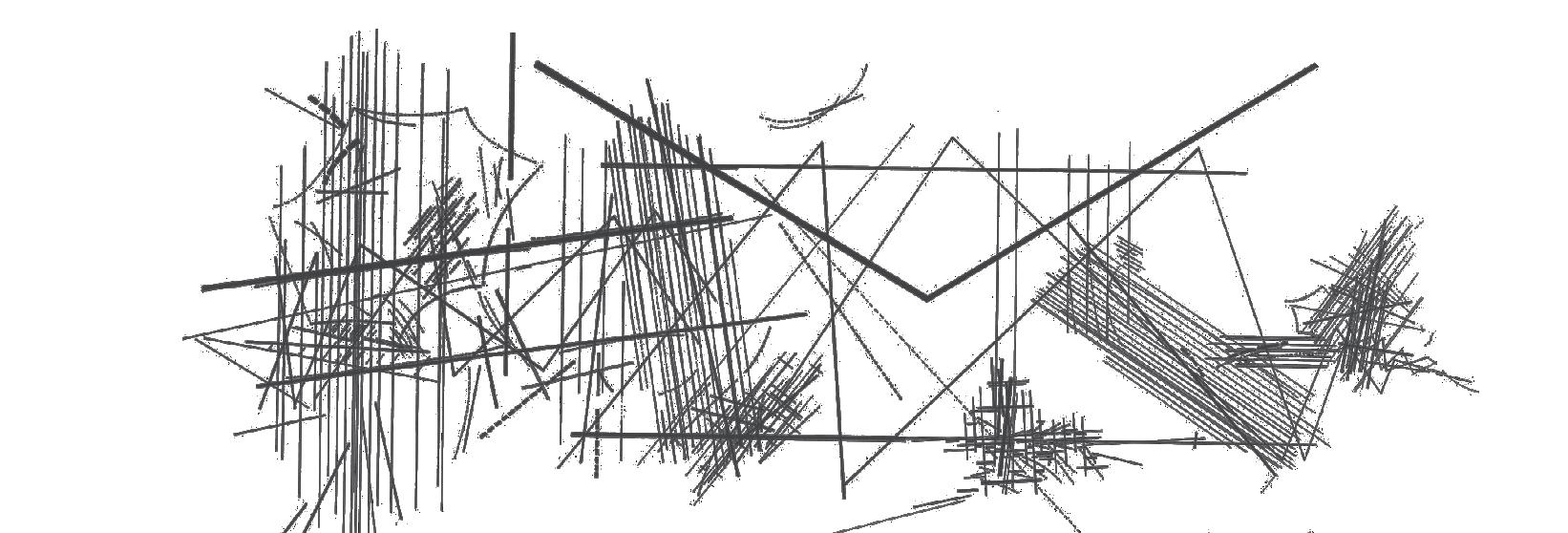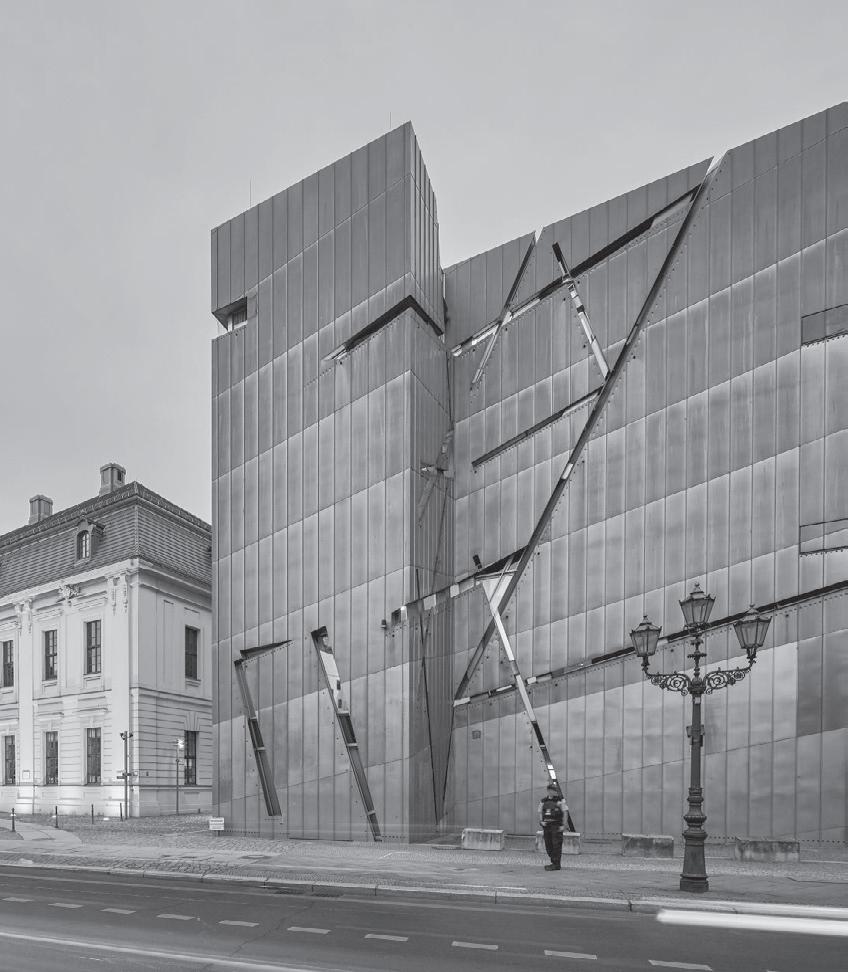
3 minute read
ARCHITECTURE & EMOTION
&“Architecture is a story-telling profession. There is no story without emotion”, Daniel Libeskind said once. In his interview with Out of Sync (2016) he stated that architecture nowadays is not connected with emotion. At the same time, emotion is the soul of architecture to him. But why is this so important to Libeskind? In the 19th and 20th century there were some new movements in architecture. Suddenly, the emotions of the years before were thrown away and form follows function became the norm. “Architecture was seen as an abstraction without meaning behind it”, Libeskind explains. Many neutralized spaces arose, often only using as few materials as possible. SOURCES 1 Libeskind, D. (2012, 19 september). Architecture is a language [Video]. https://www.youtube.com/watch?v=yEkDosanxGk 2 Libeskind, D. (2016, 17 december). Emotion in Architecture [Video]. https://www.youtube.com/watch?v=j64YQdrE5CU 3 Libeskind, D. (2017, 20 juli). We mustn’t forget the emotional impact of the buildings around us. https://edition.cnn.com/style/ article/daniel-libeskind-architecture-emotions/index.html ARCHITECTURE Image 1: Abstract drawing of Libeskind “Emotion takes you to another space” In the present, still too many neutralized spaces are being built according to Libeskind. One of the reasons behind this could be the emergence of electronical devices. Libeskind admits that they bring loads of advantages: “You couldn’t do anything without a computer if you want to use your time efficiently”. However, he thinks that drawing is the source of architecture. Drawings are like the score of a piece of music: they set the tone in terms of composition but can be interpreted in different ways. They also convey an atmosphere which is crucial to a story-telling profession. 4 Pavka, E. (2010, 25 november). Jewish Museum, Berlin. https:// www.archdaily.com/91273/ad-classics-jewish-museum-berlindaniel-libeskind 5 Studio Libeskind (2020). Projects [Afbeeldingen]. https://libeskind. com
&So, are there any projects of Libeskind we could point out and see if architecture could be an abstraction of emotion? One that would come to mind is the Jewish Museum in Berlin. He tells that, before drawing anything, he explored the site and “put himself into the souls of those who were not there”. He tried to feel the emptiness in that moment. At the same time, he wanted to bring back the Jewish presence to Berlin. To achieve this, he has designed several references to the Jewish culture in this project. One of them is the form of the building, which is an abstracted Jewish Star of David. Furthermore, the zig-zag lines that stand out, come from connecting locations of historical events. Another project that could be seen as an abstraction of emotion, is the World Trade Centre. When he visited that place in 2001, it was like a ghost town. He wanted to make people move to the neighbourhood again and create personal connections. He also wanted to connect the towers which surrounded the place with each other. In both projects he tried to translate the history and surroundings to a place where the past would be remembered, but also where a sense of hope would grow. ARCHITECTURE Image 2: Jewish Museum in Berlin Image 3: World Trade Centre EMOTION Because of the history those places can be seen as sacred. “But sacred does not preclude celebration”, he says. If people are eating an ice cream or having some fun, that is not in contradiction with the space according to him. “No matter how sad, how tragic a site might be, how abused by history, architecture has the notion of a future”. Furthermore, both projects carry loads of symbolism. To Libeskind, symbolism means that there are emotions involved. To conclude, emotion and architecture being pulled apart from each other is not a phenomenon only happening in the present. Already in the 19th and 20th century form follows function became the norm. One of the reasons that it’s happening nowadays, could be the emergence of electronical devices. Architect Libeskind states that we should bring emotion and architecture together so we can tell a story. By his designs of the Jewish Museum and the World Trade Centre he wants to grow a sense of hope and redemption. “To me, that is the emotion of architecture”. //
Advertisement











